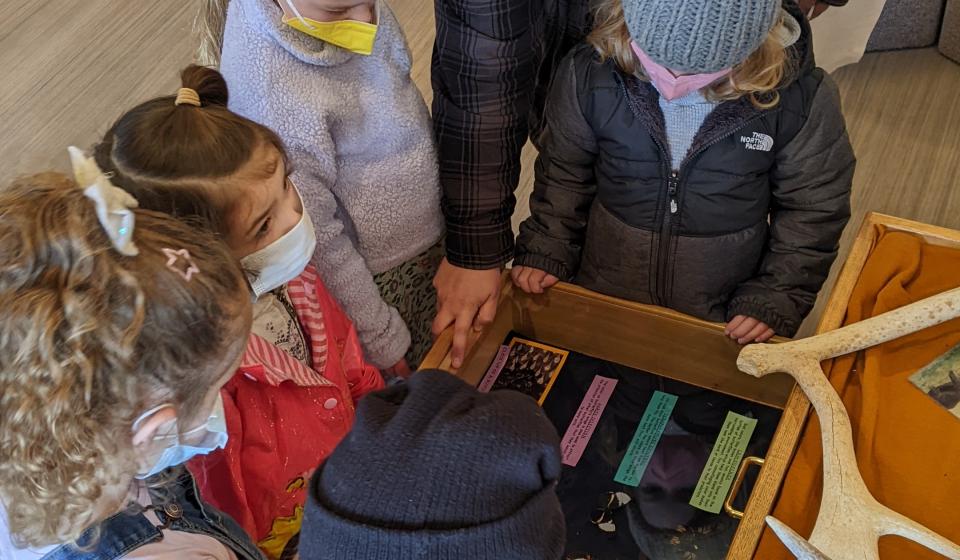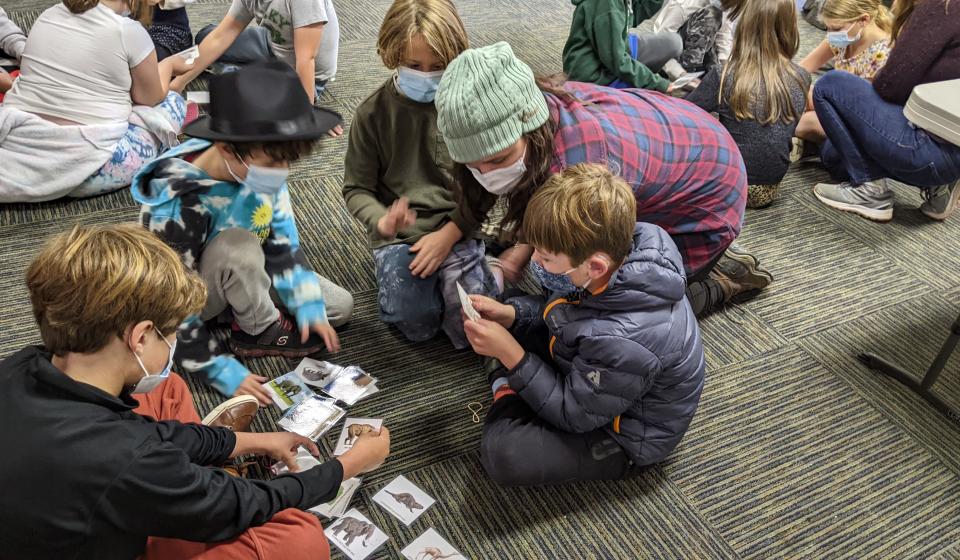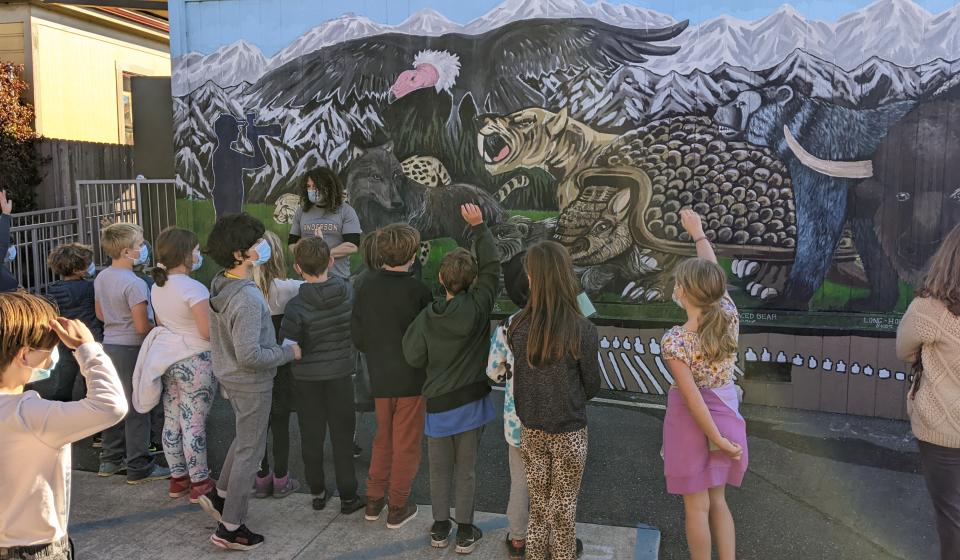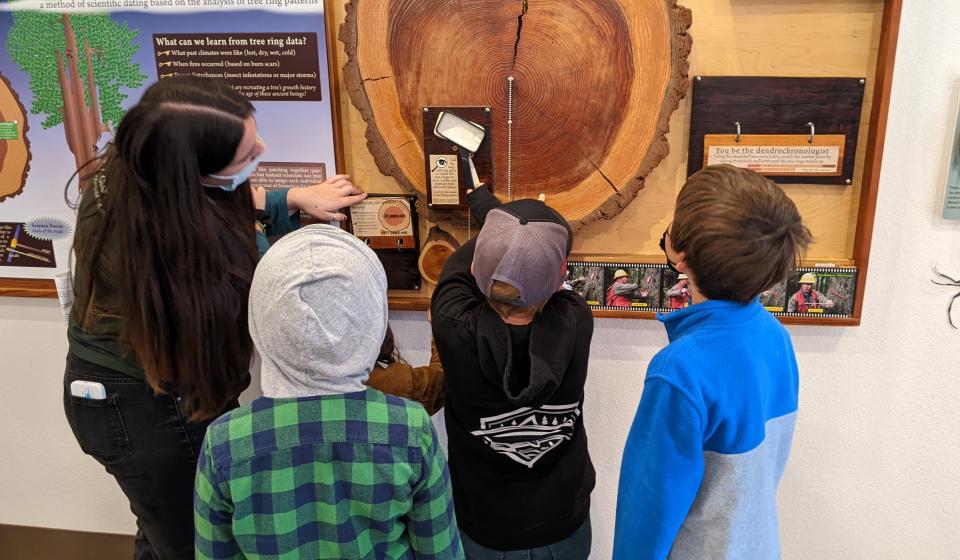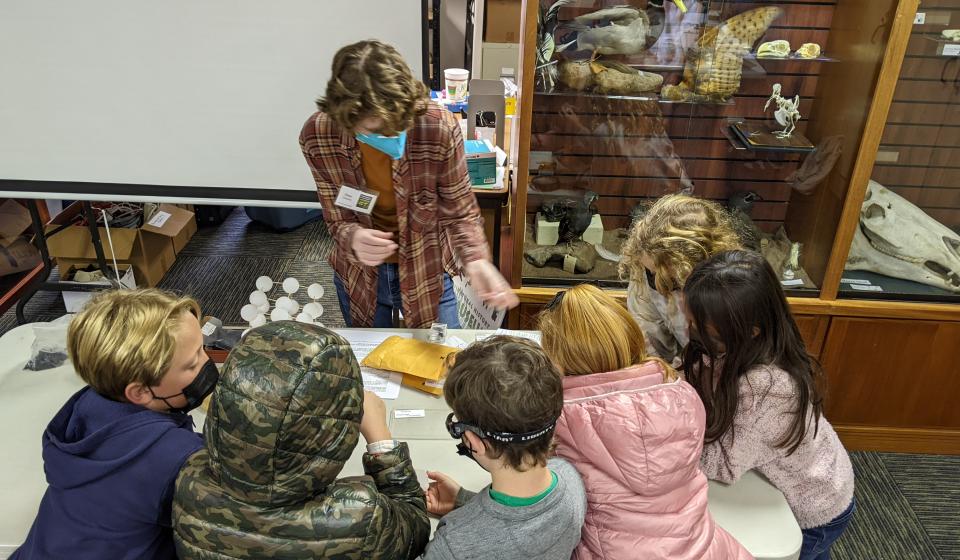School Visits - Grades K–12
Our programs utilize our unique collection of fossils, rocks and minerals, animal specimens, and interactive activities to supplement classroom lessons. Programs are designed to encourage scientific inquiry, and engage students in the natural world.
School Visit Request Form
Reservations
Regular School Visit
School visits take place at the museum and can accommodate up to 30 students at one time with at least two accompanying adults. Please schedule your visit a minimum of 2 weeks in advance. Requests for visits are filled on a first-come first-serve basis. The best times to schedule are Tuesday or Fridays from 9:00 a.m. to 2pm. We do also have some limited availablity on other days. Cost is $2 per student for 15 or more students - chaperones are free.
Fill out the online request form or call 707-826-4480.
Self-lead School Visit
We ask that you give us a minimum of one week notice, a first choice and a second choice date and time, the age and number of students in your groups, etc.
Fill out the online request form or call 707-826-4480.
Transportation
Your field trip might qualify for funding. Contact the Humboldt Area Foundation (HAF) for more information.
If you can't make a trip to the museum, we have Teaching Boxes and Engineering for Elementary School curriculum binders available for checkout.
These can be checked out for free for a maximum of two weeks.
Here is a PDF of the items we have available for you to check out.
We also invite you to explore our online exhibits found on the EXHIBITS link.
School Visit Programs by Grade
Kindergarten
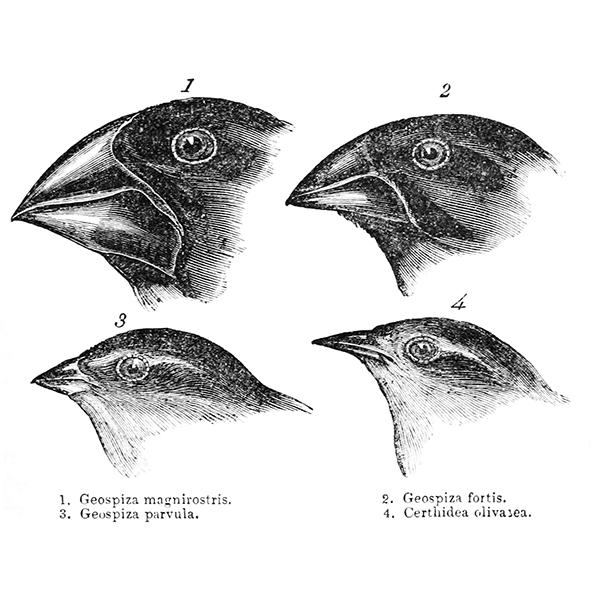
One Leg, Two Wings, No Tail
Hands on activities and museum exhibits are used to compare animal structures (i.e. legs, wings, tails), and teach students about adaptation and different ecosystems.
NGSS: K-LS1, 1-LS1 (1-LS1.A and 1-LS1.D); EEI (K.3.a)
First Grade
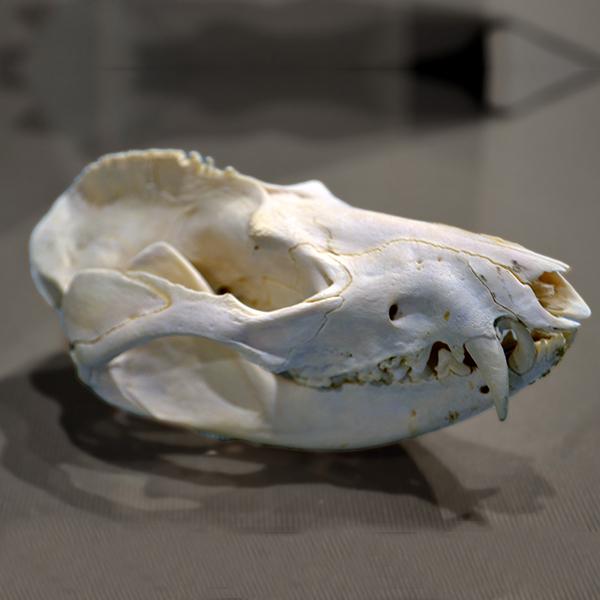
All the Better to Eat With
The museum’s collection of real animal skulls is used to relate different types of teeth to an animal’s diet.
NGSS: 1-LS1 (1-LS1.A); EEI (1.2.d)
Second Grade
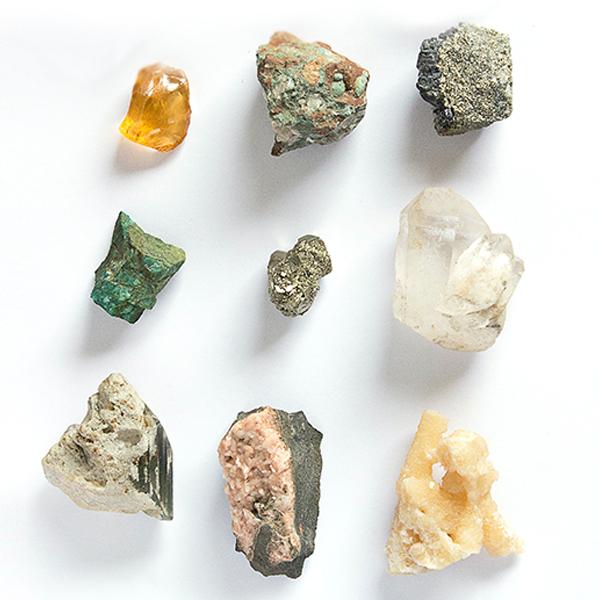
Minerals Matter
Learn to classify minerals through observation of physical properties and by performing tests.
NGSS: 2-PS1 (2-PS1.A and 2-PS1.B); EEI (2.3.a and 2.3.b)
Third Grade
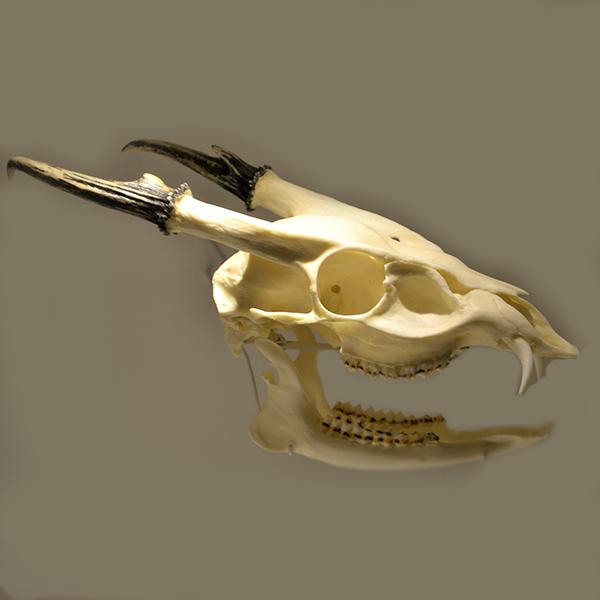
Mammals Today and Yesterday
Matching games utilize mammal fossils to compare modern day mammals and to explore animal classes, extinction, and adaptation.
NGSS: 3-LS4 (3-LS4.A); EEI (3.3b and 3.3c)
Fourth Grade
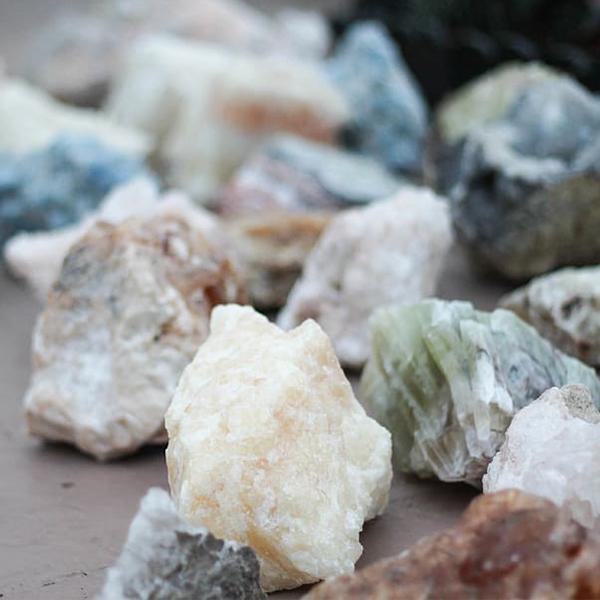
Rocking Detective
The three different rock groups are explored including how the rocks are created, by sorting them into groups using classification guides.
NGSS: 4-ESS1 and 2 (4-ESS1.C and 4-ESS2.B); EEI (2.3a and 2.3b)
Fifth Grade
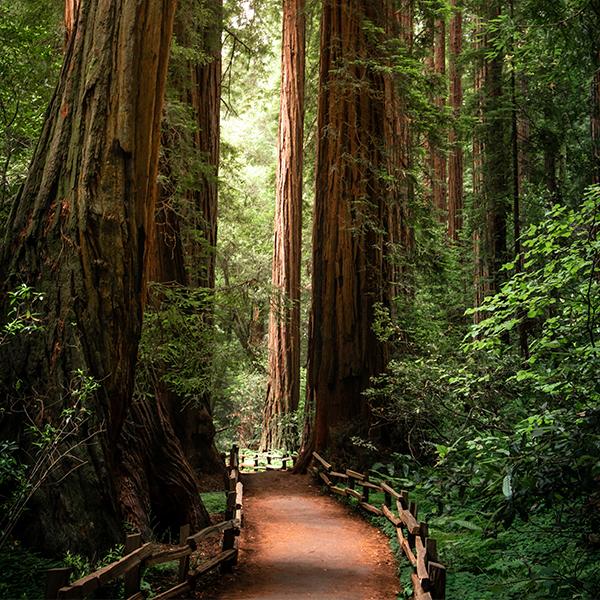
Connections of the Redwood Forest
Discover the flow of energy in a living system between biotic and abiotic factors that come together to create one of the most unique ecosystems on Earth.
NGSS: 5-LS1 and 2 (5-LS1.C and 5-LS2.A), 5-PS3 (5-PS3.D); EEI (4.2b)
Sixth Grade
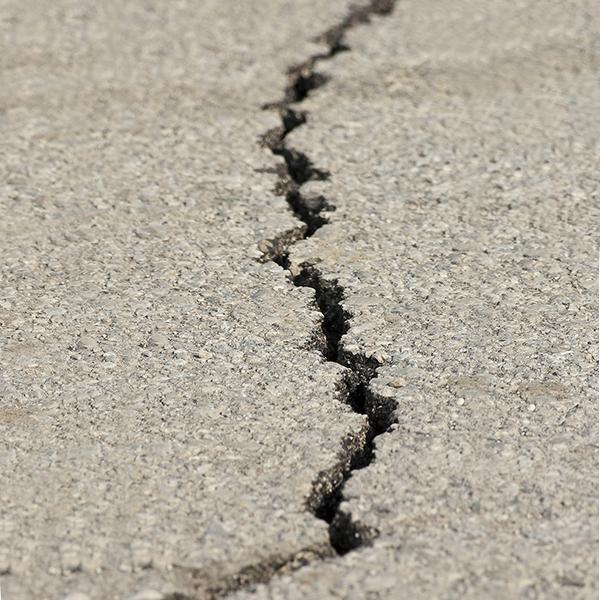
What’s Shaking
Investigate plate tectonics and the resulting earthquakes by learning about some of our local geology including various faults, plate boundaries, and the accompanied hazards such as volcanoes.
NGSS: MS-EES1 and 2 (MS- ESS1.C and MS-ESS2.B)
7-12 Grade
We also have a number of options for 7-12th grade and beyond and are also happy to work with teachers to build a content specific program. Contact the museum to discuss details.
Self-Lead Programs
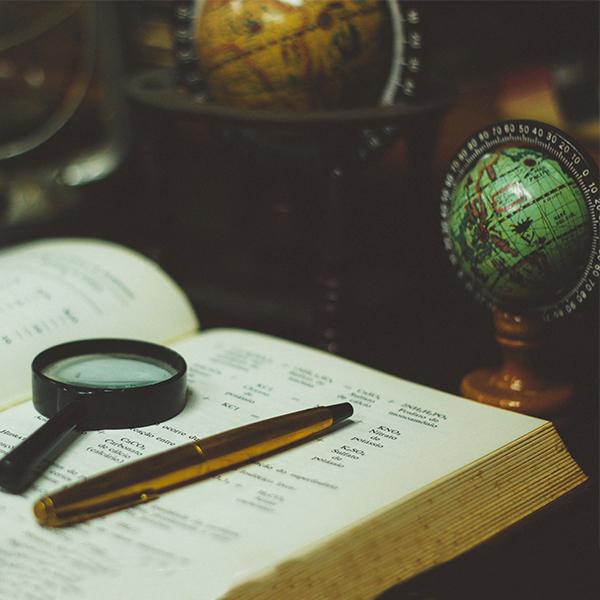
You can always come to the museum and do a self-lead visit with no formal program. Please allow 1-2 weeks notice. We are closed Mondays. COST $2 per student. Call 707-826-4479

